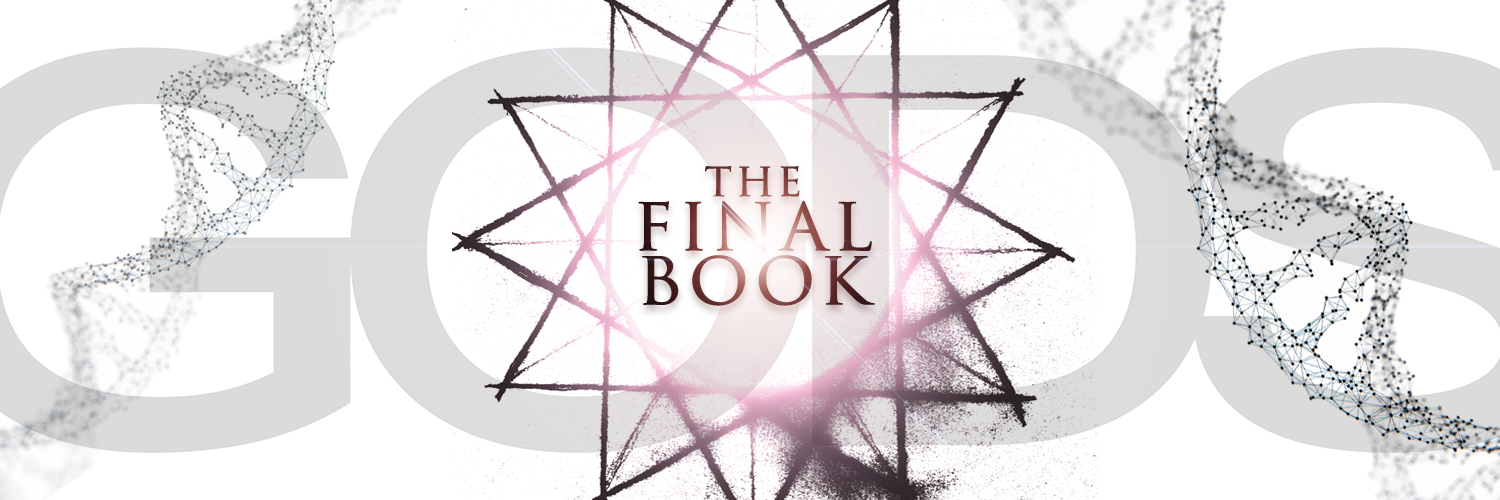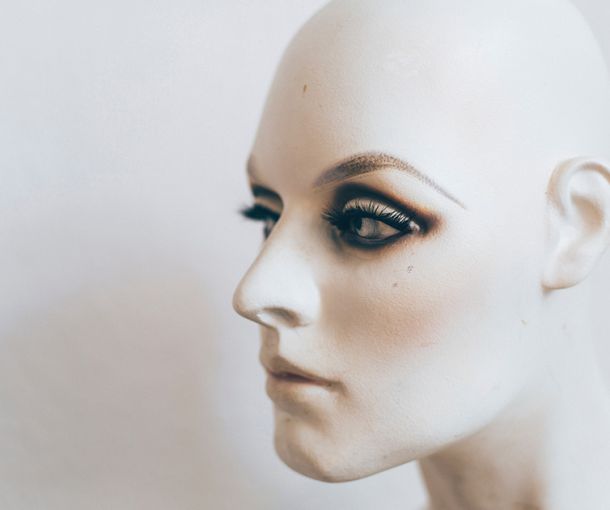Jones' Formula For Best Sellers

Here’s a much different way of looking at art and storytelling—perhaps a method that your editor or writing group may never have considered, or succinctly explained.
I’m going to share with you a formula created by Dr. Todd Jones that explains what makes good art and literature. Jones is a celebrated philosophy professor with a significant background in anthropology.
Jones’s BeDE Theory of Art Criticism:
Art or literature’s only function—the only thing it is good at doing—is creating beliefs, desires, and emotions (or BeDE for short). Art fails at doing anything and everything else.
The BeDE theory is designed to tell you which works of art are comparatively better than other works of art in its class, based on how well it performs its function of creating beliefs, desires, and emotions within its audience.
What makes something “art” is a social fact—such as the concept of money or Tuesday. Society agrees that “x” is art, and therefore it becomes art.
Every work of art is constructed in such a way that it is most easily disposed to create certain beliefs, desires, and emotions in a particular audience (and not other types of BeDE).
Works of art that regularly produce (more reliably produce) higher-valued beliefs, desires, and emotions are more valuable than works of art that produce lower-valued BeDE.
What determines a BeDE score and what are high-valued beliefs, desires, and emotions?
- Certain inner emotional states are highly valued by people: often because they have been evolutionarily useful for us to have (think: joy, romantic love, nurturing love, platonic love, wonder, sympathy, relief).
- Certain desires and goals are highly valued by people: usually because having them tends to produce the valued emotional states (think: survival / keeping yourself alive, finding a mate, eating good food, treasure).
- Certain beliefs are highly valued by people: usually because having these beliefs helps us satisfy our desires (think: hard work leads to riches, life after death, beauty can be deceiving, David defeats Goliath)
Who are “people”? People can be a group as small as yourself, or as large as the world. Start with “you” (in the current moment) and then think about what is valued (on average) by progressively larger groups that you are embedded in. The idea is to find the highest BeDE value for the intended group—the more widespread and universal your values, the more people that will be included in your group.
Notice how beliefs impact desires, and desires impact emotions. A good story contains multiple chains of universal and highly valued beliefs, desires, and emotions. Creating a story based around a strongly held belief, that impacts a commonly held desire, that creates a strong primordial emotion is usually a recipe for success. In the lame example above, say the underdog David defeats Goliath, which keeps him alive and this heroism helps him find a mate, which leads to romantic love.
Creating BeDE is the storyteller’s primary (only) job; to consume and impassion the audience with beliefs, desires, and emotions. An authentic story with universally high-valued BeDE will have the most appeal.













